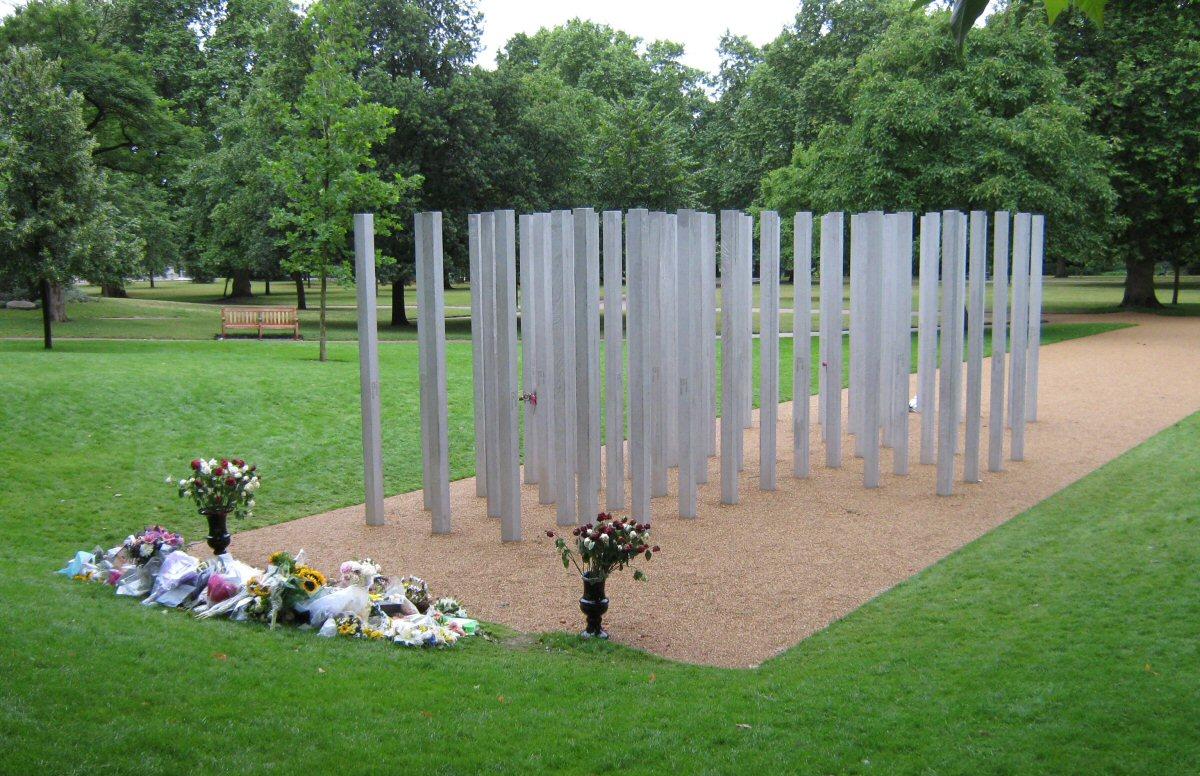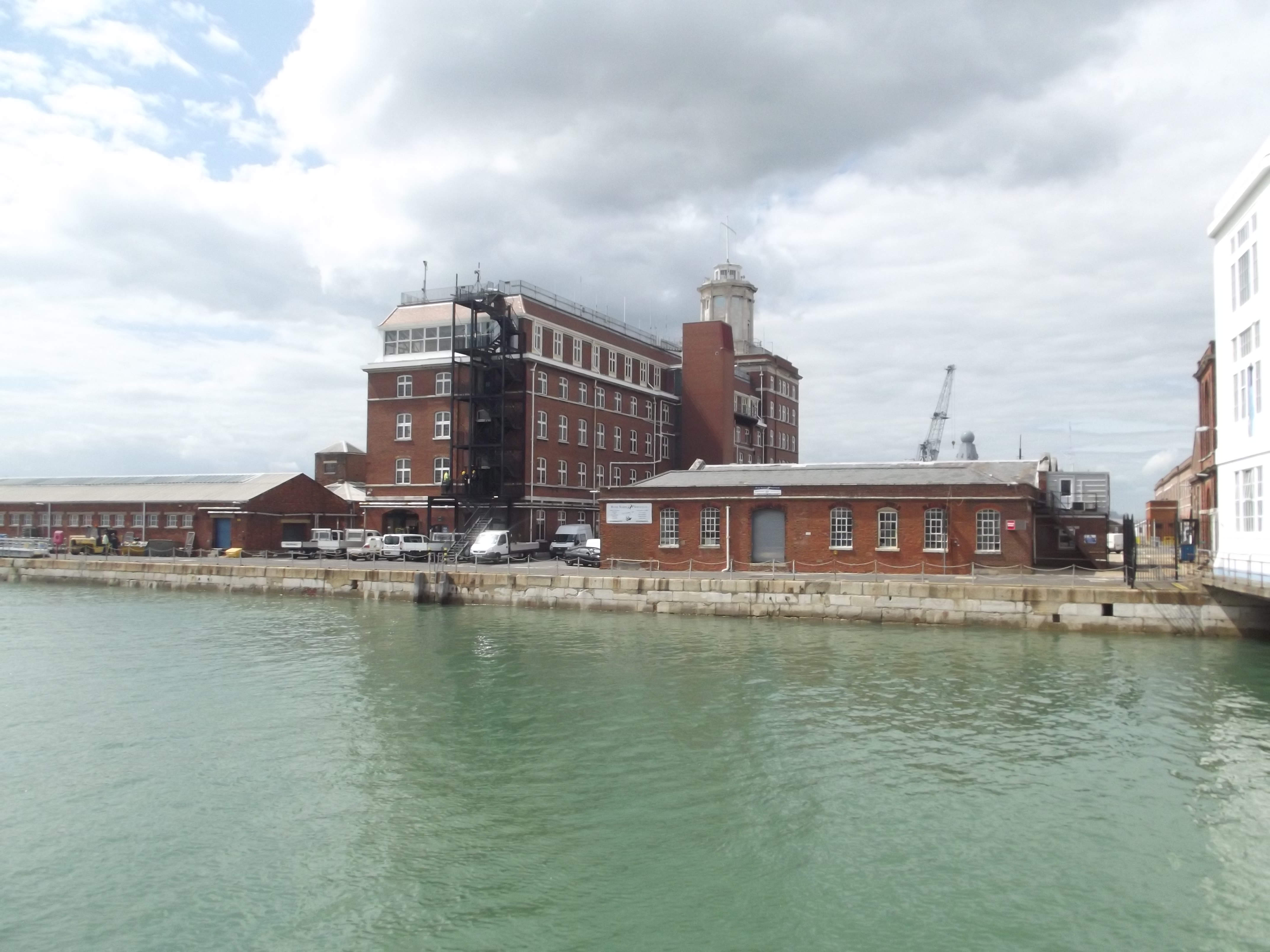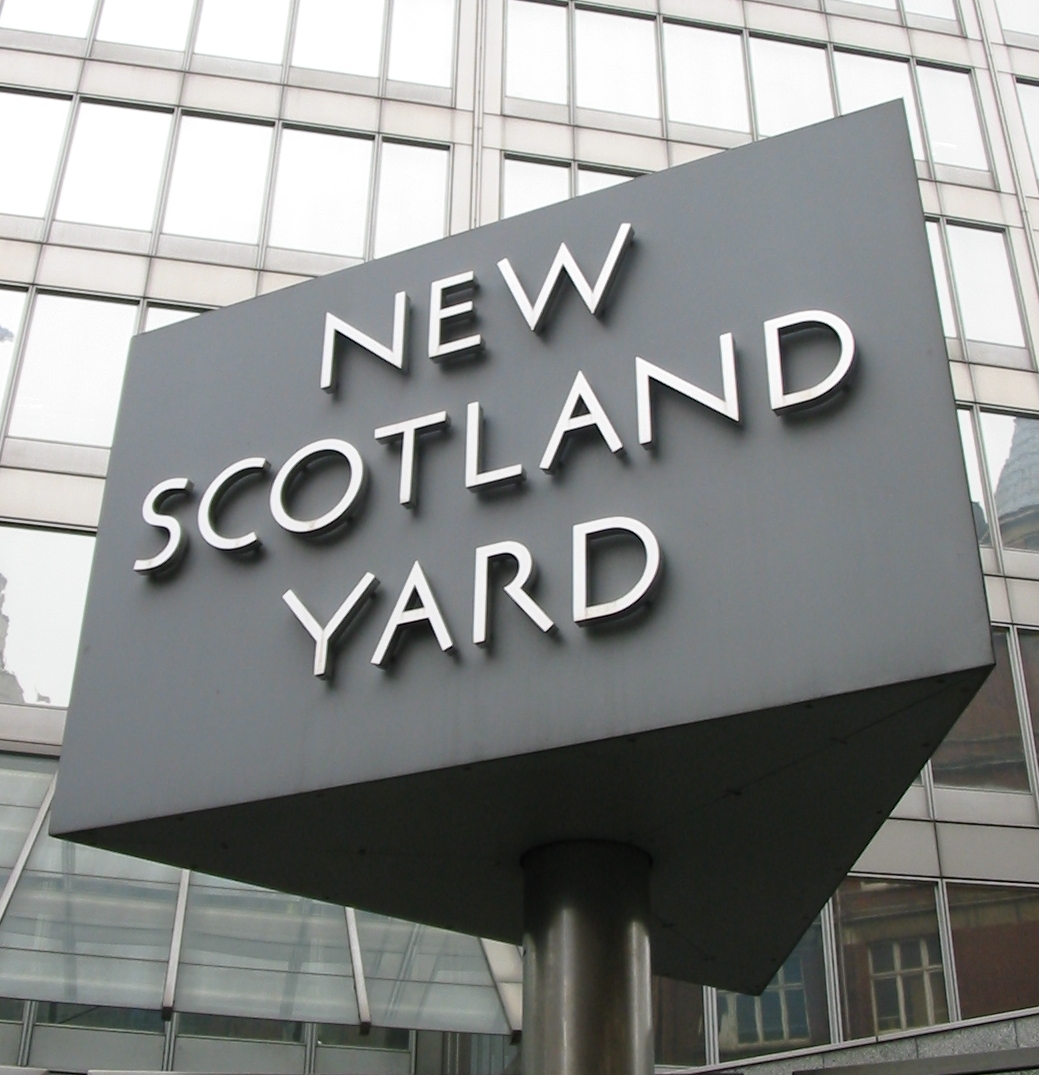|
List Of Terrorist Incidents In Great Britain
According to Europol, the reasons behind terrorist attacks in Great Britain are many. These have generally been attributed to hate, extremist or radicalised violence that escalates to acts of terror. According to a number to analysts of terrorist studies, these attacks have been motivated by right or left wing ideologies, paramilitaries, religious fundamentalism, nationalist or white supremacy. For example, during the 20th century, most attacks were carried out by various Irish Republican Army (IRA) groups and were linked to the Northern Ireland conflict (the Troubles). In the late 20th century there were also isolated attacks by Middle Eastern terrorist groups, though the vast majority of the attacks were the work of the IRA and splinter groups. During the 21st century, however, most terrorist incidents in Britain have been linked to Islamic extremism. Between 1970 - 2019, there have been at least 3,395 terrorist-related deaths in the UK, the highest in western Europe. [...More Info...] [...Related Items...] OR: [Wikipedia] [Google] [Baidu] |
Europol
Europol, officially the European Union Agency for Law Enforcement Cooperation, is the law enforcement agency of the European Union (EU). Established in 1998, it is based in The Hague, Netherlands, and serves as the central hub for coordinating criminal intelligence and supporting the Member state of the European Union, EU's Member States in their efforts to combat various forms of Organized crime, serious and organized crime, as well as terrorism. Europol's main objective is to enhance the effectiveness and cooperation between the law enforcement agencies of the EU member states. To achieve this, Europol facilitates the exchange of information and intelligence, provides analytical support, and offers specialized training and expertise. Some of the key areas of focus for Europol include Illegal drug trade, drug trafficking, human trafficking, cybercrime, money laundering, and counterterrorism. The Agency has no executive powers, and its officials are not entitled to arrest suspec ... [...More Info...] [...Related Items...] OR: [Wikipedia] [Google] [Baidu] |
Suffragette Bombing And Arson Campaign
Suffragettes in Great Britain and Ireland orchestrated a bombing and arson campaign between the years 1912 and 1914. The campaign was instigated by the Women's Social and Political Union, Women's Social and Political Union (WSPU), and was a part of their wider campaign for women's suffrage. The campaign, led by key WSPU figures such as Emmeline Pankhurst, targeted infrastructure, government, church (building), churches and the general public, and saw the use of improvised explosive devices, arson, letter bombs, assassination attempts and other forms of direct action and violence. At least four people were killed in the attacks, and at least 24 were injured (including two suffragettes). The campaign was halted at the July crisis, outbreak of war in August 1914 without having brought about votes for women, as suffragettes pledged to pause the campaign to aid the war effort. Both suffragettes and the authorities of the time described the arson and bomb attacks as a terrorist campaig ... [...More Info...] [...Related Items...] OR: [Wikipedia] [Google] [Baidu] |
The Angry Brigade
The Angry Brigade was a British group responsible for a series of armed actions against the establishment in England between 1970 and 1972. Using small bombs, they targeted banks, embassies, a BBC Outside Broadcast vehicle, and the homes of Conservative Members of Parliament (MPs). In total, police attributed 25 bombings to the Angry Brigade. The bombings mostly caused property damage; one person was slightly injured. Of the eight people who stood trial, known as the Stoke Newington Eight, four were acquitted. John Barker, along with Hilary Creek, Anna Mendelssohn and Jim Greenfield, were convicted on majority verdicts, and sentenced to ten years. In a 2014 interview, Barker described the trial as political, but acknowledged that "they framed a guilty man". History In mid-1968 demonstrations took place in London, centred on the US embassy in Grosvenor Square, against US involvement in the Vietnam War. One of the organisers of these demonstrations, Tariq Ali, has said he re ... [...More Info...] [...Related Items...] OR: [Wikipedia] [Google] [Baidu] |
Post Office Tower
The BT Communications Tower, also known simply as the BT Tower, is a grade II listed communications tower in Fitzrovia, London, England, owned by BT Group. It has also been known as the GPO Tower, the Post Office Tower, and the Telecom Tower. The main structure is high, with aerial rigging bringing the total height to . Upon completion in 1964, it was the tallest structure in London and remained so until 1980. Butlins managed a revolving restaurant in the tower from 1966 until 1980. A 360° LED screen displays news across central London. In February 2024, the sale of the tower to MCR Hotels was announced. History Design and construction The tower was commissioned by the GPO. Its primary purpose was to support the microwave aerials then used to carry telecommunications traffic from London to the rest of the country, as part of the GPO microwave network. It replaced a shorter, 1940s steel lattice tower on the roof of the neighbouring Museum Telephone Exchange. The taller ... [...More Info...] [...Related Items...] OR: [Wikipedia] [Google] [Baidu] |
Scotland Yard
Scotland Yard (officially New Scotland Yard) is the headquarters of the Metropolitan Police, the territorial police force responsible for policing Greater London's London boroughs, 32 boroughs. Its name derives from the location of the original Metropolitan Police headquarters at 4 Whitehall Place, which had its main public entrance on the Westminster street called Great Scotland Yard. The Scotland Yard entrance became the public entrance, and over time "Scotland Yard" came to be used not only as the common name of the headquarters building, but also as a metonym for the Metropolitan Police Service (MPS) itself and police officers, especially detectives, who serve in it. ''The New York Times'' wrote in 1964 that, just as Wall Street gave its name to New York's financial district, Scotland Yard became the name for police activity in London. The force moved from Great Scotland Yard in 1890, to a newly completed building on the Victoria Embankment, and the name "New Scotland Yard" ... [...More Info...] [...Related Items...] OR: [Wikipedia] [Google] [Baidu] |
Bomb Squad
Bomb disposal is an explosives engineering profession using the process by which hazardous explosive devices are disabled or otherwise rendered safe. ''Bomb disposal'' is an all-encompassing term to describe the separate, but interrelated functions in the military fields of explosive ordnance disposal (EOD) and improvised explosive device disposal (IEDD), and the public safety roles of public safety bomb disposal (PSBD) and the bomb squad. History The first professional civilian bomb squad was established by Colonel Sir Vivian Dering Majendie a Major at the time in the Royal Artillery, Majendie investigated an explosion on 2 October 1874 in the Regent's Canal, when the barge 'Tilbury', carrying six barrels of petroleum and five tons of gunpowder, blew up, killing the crew and destroying Macclesfield Bridge and cages at nearby London Zoo. In 1875, he framed the Explosives Act, the first modern legislation for explosives control. He also pioneered many bomb disposal techniques ... [...More Info...] [...Related Items...] OR: [Wikipedia] [Google] [Baidu] |
The Angry Brigade
The Angry Brigade was a British group responsible for a series of armed actions against the establishment in England between 1970 and 1972. Using small bombs, they targeted banks, embassies, a BBC Outside Broadcast vehicle, and the homes of Conservative Members of Parliament (MPs). In total, police attributed 25 bombings to the Angry Brigade. The bombings mostly caused property damage; one person was slightly injured. Of the eight people who stood trial, known as the Stoke Newington Eight, four were acquitted. John Barker, along with Hilary Creek, Anna Mendelssohn and Jim Greenfield, were convicted on majority verdicts, and sentenced to ten years. In a 2014 interview, Barker described the trial as political, but acknowledged that "they framed a guilty man". History In mid-1968 demonstrations took place in London, centred on the US embassy in Grosvenor Square, against US involvement in the Vietnam War. One of the organisers of these demonstrations, Tariq Ali, has said he re ... [...More Info...] [...Related Items...] OR: [Wikipedia] [Google] [Baidu] |
Robert Carr
Leonard Robert Carr, Baron Carr of Hadley, (11 November 1916 – 17 February 2012) was a British Conservative Party politician who served as Home Secretary from 1972 to 1974. He served as a Member of Parliament (MP) for 26 years, and later served in the House of Lords as a life peer. Background Leonard Robert Carr was born in North Finchley on 11 November 1916. He was educated at Westminster School and Gonville and Caius College, Cambridge, where he read Natural Sciences, graduating in 1938. After graduation he applied his knowledge of metallurgy at John Dale & Co, the family metal engineering firm. A collapsed lung kept him from war service but his firm specialised in the construction of airframes for Lancaster bombers. In 1943, Carr married Joan Twining, and they had a son and two daughters. Their son, David, died in a traffic accident in 1965. Political career Carr first sought the Conservative nomination in Barnet ahead of the 1950 election, but lost to Reginald M ... [...More Info...] [...Related Items...] OR: [Wikipedia] [Google] [Baidu] |
1939 Coventry Bombing
The 1939 Coventry bombing was an act of terrorism committed by the Irish Republican Army (IRA) on 25 August 1939 in which a 5.1 lb (2.3 kg) bomb upon a bicycle was placed in Coventry city centre in the West Midlands of England as part of the organisation's 1939–40 S-Plan campaign. The explosion resulted in the deaths of five civilians, with over seventy others injured. Two IRA members were convicted of the bombing and subsequently hanged in 1940, while a third individual, who acknowledged planting the bomb, escaped. Three other individuals accused of conspiracy in the bombing were acquitted and later deported to the Irish Republic under government security measures. The 1939 Coventry bombing was one of few instances within the S-Plan campaign in which civilians were killed, although republican sources later insisted that civilians were not the intended target(s) of the bombing, which had originally been intended to occur at a police station. The atrocity itself was soon o ... [...More Info...] [...Related Items...] OR: [Wikipedia] [Google] [Baidu] |
S-Plan
The S-Plan or Sabotage Campaign or England Campaign was a campaign of bombing and sabotage against the civil, economic and military infrastructure of the United Kingdom from 1939 to 1940, conducted by members of the Irish Republican Army (IRA). It was conceived by Seamus O'Donovan in 1938 at the request of then IRA Chief of Staff Seán Russell. Russell and Joseph McGarrity are thought to have formulated the strategy in 1936. During the campaign there were 300 explosions/acts of sabotage, 10 deaths and 96 injuries. Immediate context Following a power struggle within the IRA during the mid-1930s, Seán Russell was reinstated to the IRA in April 1938 and elected to the IRA Army Council ''in absentia''. At a subsequent IRA General Army Convention, Russell and his supporters secured enough support to get a controlling majority vote within the Army Council and for Russell himself to be named Chief of Staff, the head of the organisation.English, p. 60 It was at this time that R ... [...More Info...] [...Related Items...] OR: [Wikipedia] [Google] [Baidu] |
Sabotage
Sabotage is a deliberate action aimed at weakening a polity, government, effort, or organization through subversion, obstruction, demoralization (warfare), demoralization, destabilization, divide and rule, division, social disruption, disruption, or destruction. One who engages in sabotage is a ''saboteur''. Saboteurs typically try to conceal their identities because of the consequences of their actions and to avoid invoking legal and organizational requirements for addressing sabotage. Etymology The English word derives from the French word , meaning to "bungle, botch, wreck or sabotage"; it was originally used to refer to labour disputes, in which workers wearing wooden shoes called interrupted production through different means. A false etymology, popular but incorrect account of the origin of the term's present meaning is the story that poor workers in the Belgian city of Liège would throw a wooden into the machines to disrupt production. One of the first appearance ... [...More Info...] [...Related Items...] OR: [Wikipedia] [Google] [Baidu] |
Irish Republican Army (1922–1969)
The Irish Republican Army (IRA) of 1922–1969 was a sub-group of the original pre-1922 Irish Republican Army (1919–1922), Irish Republican Army, characterised as the Anti-Treaty IRA for its opposition to the Anglo-Irish Treaty. It existed in various forms until 1969, when the IRA split again into the Provisional Irish Republican Army, Provisional IRA and Official Irish Republican Army, Official IRA. The original Irish Republican Army fought a guerrilla war against British rule in Ireland in the Irish War of Independence between 1919 and 1921. The Anglo-Irish Treaty signed on 6 December 1921 ended this war by granting most of the island a great degree of independence, but with six counties in the north staying within the United Kingdom as the new jurisdiction of Northern Ireland. The IRA units in the other 26 counties (that were to become the Irish Free State) split between supporters and opponents of the Treaty. The anti-Treatyites, sometimes referred to by National Army (Ire ... [...More Info...] [...Related Items...] OR: [Wikipedia] [Google] [Baidu] |









